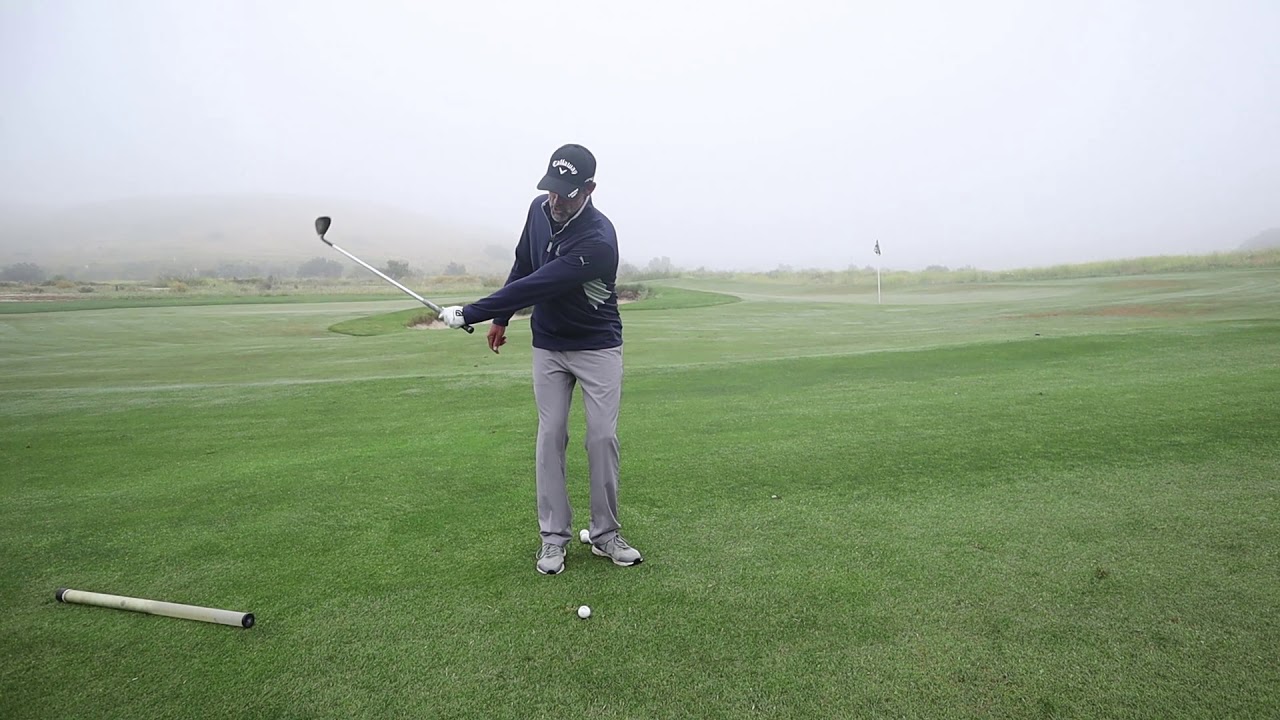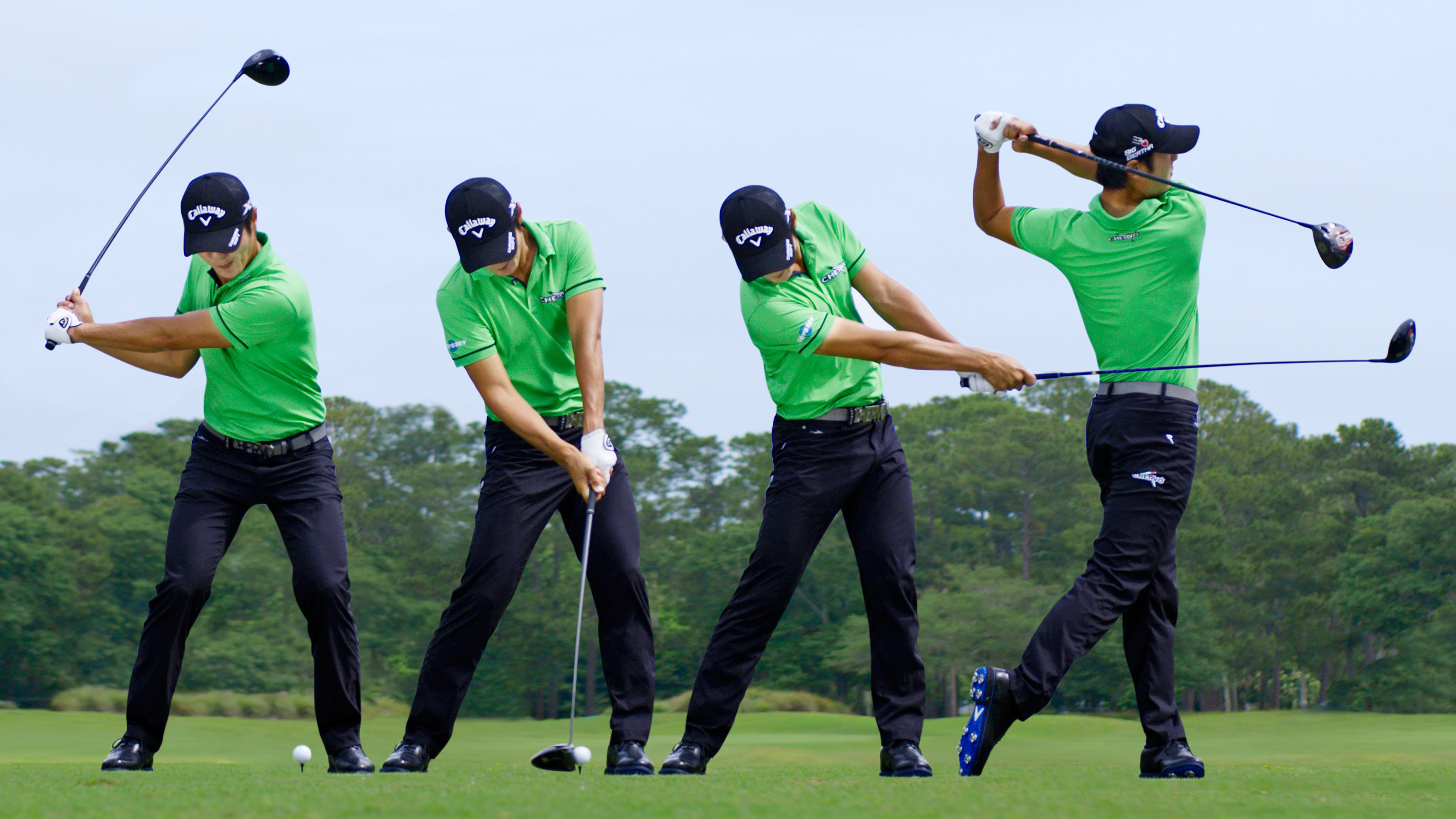
This article will give you tips on choosing the right sand wedge, how to hit sand wedge from rough, how to control the low point of your shot, and how to use yardage markers to calculate distance. You'll also learn how to hit the sand wedge in rough in a way that maximizes its effectiveness. Learn how to de-loft a club to reduce bounce.
How to choose the right sand shovel
The most commonly used golf club is the wedge. It is important to choose the right sand-wedge for your game. They can give you greater control of your shots and are great for chipping flop and bunker shots. You have the option of choosing between 56, 52, or 60-degree wedgedz, depending on your preferences and comfort. Your short game is the most important and makes up roughly 70% of your overall score.
You want to make sure that you buy a high-quality sand wedge. You can increase your game with sand wedges that last many years. To ensure you get the right wedge, set a budget and try different styles before making a final decision. The loft is the measurement of the ball's distance. A lower loft means the ball will travel further. You should also choose one that has the correct bounce. A good bounce will give you a controlled shot that gives the ball its desired spin.

A sand wedge is a great way to get out of bunkers
There are many ways you can get out of a bunker. Unfortunately, many golfers make a mistake by hitting a sandwedge out of fairway bunkers. To get the ball out the sand, it is important to understand the workings of the sand wedge. Wedges are different in bounce and design, so the right sand wedge is essential for any golfer.
A golfer should aim at hitting the sand one to two feet behind his ball. Picture hitting a divot as large as a dollar bill. It is important to remember that you don't want to dig too deep into the sand. Instead, only take a little bit. You can roll the ball further if you make a large divot.
Controlling your low points to hit a Sand wedge
Learning to control your low points is one of the best ways you can improve your sand wedge skills. You will be able to control your distance, and you can guarantee solid contracts for every hit. Hitting a sand chip 100 yards is not a good idea. Instead, try dialing in the low point of your swing to make it possible to hit a sandwedge 100 yards. To practice your low point, you can draw a line on the ground about two to three yards long.
You can also control the speed of your swing. You can swing slower if you are trying to reach a long distance. Medium speed is best for shorter distances. Consolidating power is the best option for shorter distances. Also, you want to ensure your swing speed is fast enough that the ball hits straight and true. You can also use a shorter golf club to generate greater power.

Yardage markers are used to determine shot distance
Tracking the distance traveled with every shot when hitting a Sand wedge is important, regardless if it's from the fairway. It's easy for people to get lost due to the different yardages that each wedge has. Yardage markers will help you identify the distance your shot traveled. You may think you are hitting a sandwedge at 15 yards but the actual distance traveled by your shot to reach it is only ten yards. To accurately measure the shot distance using a sandwedge, you need to take some practice shots or use yardage markers to ensure you are accurately calculating it.
If you're trying to hit a sand wedge from a distance of 50 yards, you should note that a high U-shaped trajectory would rarely occur. Players can adjust the dynamic loft of their sand wedge to increase their accuracy. Dynamic loft is achieved by hitting the ball lower, farther from the green, and moving the shaft forward.
FAQ
What is the scoring system for golf?
The scorecard is divided into four different categories: Stroke Play, Par 3, Par 4, and Par 5. Each category is further broken into strokes. To attain par, a golfer must play 18 holes (Par72).
The lowest score wins.
What equipment should you bring to play golf?
Golfers need to wear clothing suitable for the weather conditions. It is recommended that players wear long trousers, a shirt (with sleeves), and shoes with good grip. When playing outdoors, players should wear sunscreen and sunglasses.
It is advisable to bring a towel to wipe the sweat off your face and body after exercising. It is a good idea to also bring a hat with gloves, a water bottle, snacks, and fruit.
How can I improve my golf swing?
Practice makes perfect! It is vital to practice any sport. To improve your skills at golf, you need to practice. You will become familiar with the fundamental mechanics of the swing if you practice.
It is important to practice with both your hands. Try taking short shots first. Next, practice longer drives. Practice chipping and putting.
What does a golf ball look like?
Golf balls are usually made of rubber and plastic. The ball's surface is smooth and bounces off the ground when it is hit.
Statistics
- Professional golfers typically make between 60% and 70% of greens in regulation. (en.wikipedia.org)
- They do this by means of assessing and rating courses according to the average good score of a "bogey golfer," a player with a handicap of around 20. (en.wikipedia.org)
- They do this by means of assessing and rating courses according to the average good score of a "bogey golfer," a player with a handicap of around 20. (en.wikipedia.org)
- In the United States, the number of people who play golf twenty-five times or more per year decreased from 6.9 million in 2000 to 4.6 million in 2005, according to the [51] (en.wikipedia.org)
External Links
How To
How to Hit the Perfect Bunker Shot
A bunkershot is a type if golf shot where you aim your ball at a specific spot (the hole) in order to ensure that the ball doesn't bounce off of the surface. This is achieved by taking advantage the green's slope. The goal is to direct the ball as far as possible towards hole.
You want to play golf in the best possible line to get to your target point. It is important to consider factors like distance to the target, terrain type, whether the ball has to bounce off of the ground or fly straight and weather conditions.
First, understand the basics of bunker shooting. First, you should determine if you are going uphill or downhill. You will need a drawing club if you are going uphill. You will need to swing with a fade if your face is downhill. Next, calculate how fast you must move your body to stop it from bouncing off green. This can be done by measuring the angle between your ball and the direction in which you are traveling. The final step is to measure the size of your bunker.
Once you've got these things figured out, it's time to start swinging. As you would with any other shot, swing hard enough for the ball to go past the club head. But slow enough to keep the ball from bouncing off green. Once you have the speed and trajectory you want, you can start to approach. Approach the ball slowly until you are close enough to see the landing area. Before you release the ball, take a final look at it. You should have a perfect bunker shot if everything goes according to plan.